Hydrangea paniculata "Fries melba": description, planting and care
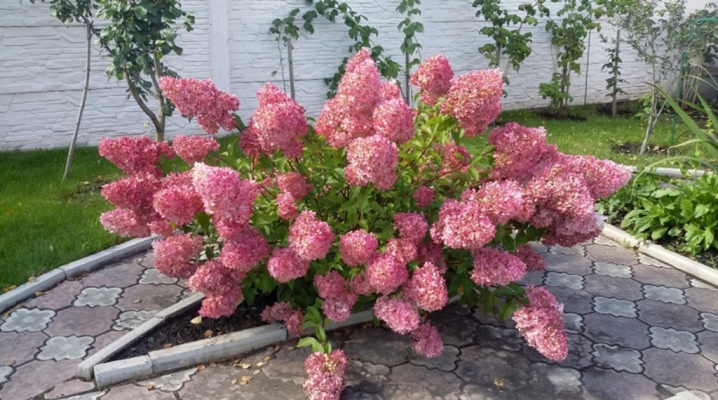
All over the world, all kinds of hydrangea varieties in floriculture are not leaving the wave of popularity. Breeders around the world are constantly working to create new varieties. The result of ten years of work by a group of French breeders is the Fraise Melba paniculata hydrangea (Hydrangea paniculata Fraise Melba). This new selection immediately won the hearts of professional florists and amateur gardeners.
In 2014, "Fries Melba" was presented in Russia at the International Festival "Gardens and People" in Moscow.
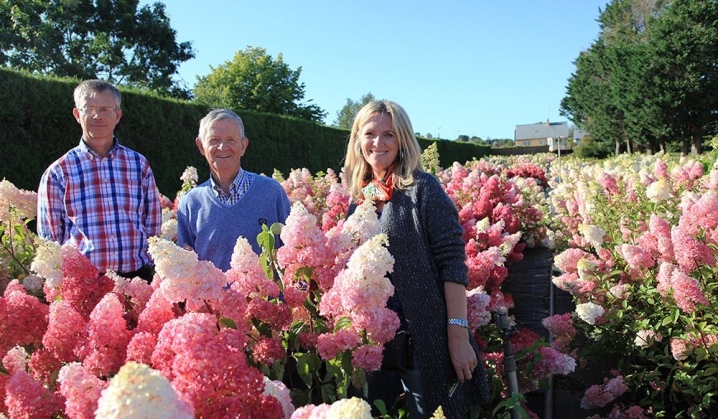
Peculiarities
Incredibly beautiful long flowering, unpretentious care and high frost resistance have earned the hydrangea of this variety deserved fame. According to the description of varietal characteristics, it immediately becomes clear that the shrub is the best suited for growing in the climatic conditions of our latitudes.
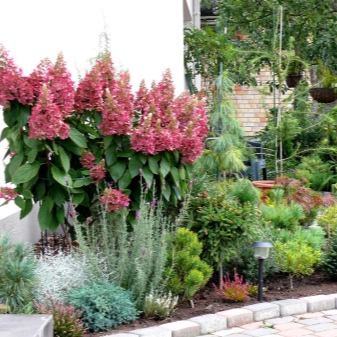
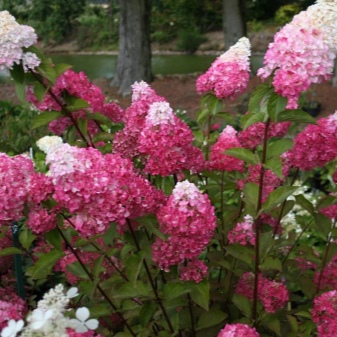
An unusual color scheme of luxurious inflorescences, reminiscent of one of the favorite French desserts, strawberries and cream, was the main idea of the head of the breeding group, Jean Reno. His ten-year painstaking work to create such a variety was crowned with success. Conical, very large inflorescences of hydrangea "Fries Melba" are formed on the tops of strong shoots in the form of a dense panicle of small, closely spaced flowers. Flowering continues from mid-July to cold weather. With suitable soil and proper care, panicle flowers can grow up to 45–55 cm.
The color of the inflorescences changes during the season. At the beginning of flowering, the inflorescence is milky white, gradually turning pink, harmoniously turning into a rich wine-red coloration in the lower part of the panicle. The top of the inflorescence always remains white.
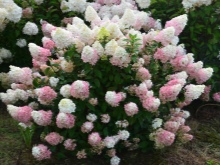
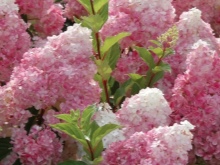
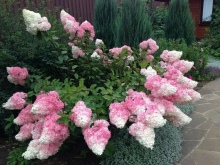
An adult shrub grows about 2 m in height and in width. On the site it does not look bulky, since strong erect stems without branching do not fall apart, the bush does not require a garter and looks compact. The color of the shoots is from deep maroon to brown. The plant is deciduous. The leaf plate is dark green, shiny, shaped like a boat, attached to the shoots with spectacular petioles of bright coral color, which gives the bushes an additional decorative effect.
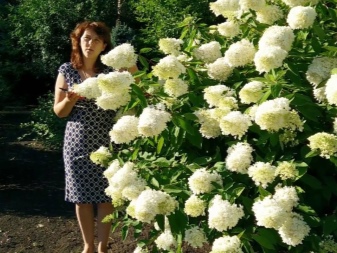
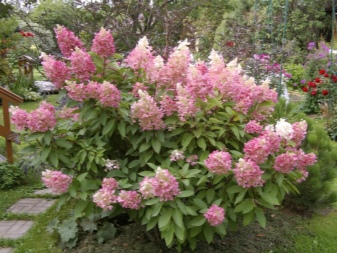
Reproduction methods
Hydrangea "Fries Melba" reproduces vegetatively by cuttings, layering and dividing the bush. There is no seed method since the inflorescences do not form seeds.
- Cuttings. It is considered the most reliable method of obtaining new hydrangea bushes while maintaining their original properties. It is widely used in specialized nurseries for industrial cultivation of hydrangeas, as well as by amateur gardeners. Green cuttings 12-15 cm long are cut in the spring from edged material during the annual pruning of adult plants, the leaves are removed from them, treated with "Kornevin" to stimulate the formation of roots. For rooting, they are placed in a moist, nutritious soil substrate. Cuttings take root easily, quickly grow independently, the yield of seedlings is high. After 3-4 years, the plants are ready for planting in open ground.
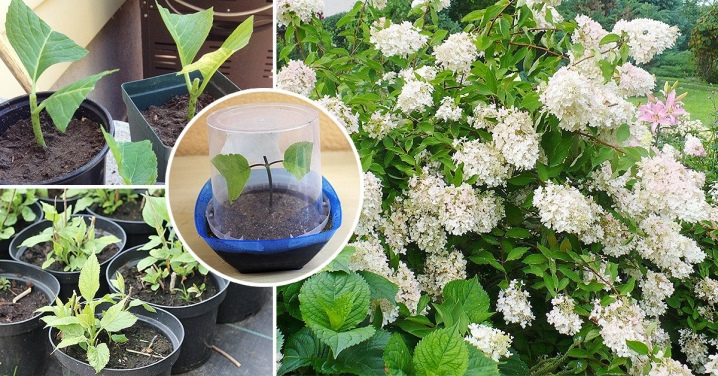
- Reproduction by layering. It is mainly used in private gardens. A strong one-year lignified shoot is chosen, on it, under the kidney, a place is marked for dropping and an incision is made from below half the thickness of the shoot.So that the shoot does not grow together again, a regular match is inserted into the incision. The prepared shoot is bent to the ground, buried in the soil next to the mother plant and attached to the ground with a hairpin. When watering, it is important to maintain a constant moisture regime, not to dry out and not create a "swamp". The cuttings take root well, they can be transplanted to a permanent place as early as next season, but experienced gardeners recommend waiting 2-3 years for the young hydrangea bush to grow in height by about 50 cm and gain strength.

- Division of the bush. It is used extremely rarely, the method is practically not in demand, but theoretically possible. An adult bush at the age of 4–5 years must be dug out of the ground, carefully sawed with a garden saw, so that after separation there are 3-4 developed shoots on each part.
Treat the cut sites of rhizomes with crushed activated carbon and plant in new places.

How to plant?
For the active development of hydrangea "Fries Melba" climatic conditions are not as important as proper planting and follow-up care.
- Site selection. The best option is a bright area of the garden with light shade from tall trees at midday, with slightly acidic or neutral fertile soil. It's not bad if it is loam. Sandstones with their poor moisture holding capacity are not suitable. Hydrangeas are moisture-loving, so high groundwater will not interfere, but swampiness of the site is unacceptable. Strong winds and drafts are undesirable, it is better to plant in a protected area, for example, along a fence or on the south side of the building. The choice of a landing site should be comprehensively thought out, since "Fries Melba" can grow in one place for up to 40 years.
You need to know that rhizomes grow under the soil surface much wider than the projection of the crown, so in this space it is not necessary to plan the planting of flowers that require annual deep digging. Planting near fruit plantations is not recommended.

- Preparation. The planting hole is prepared 1-2 weeks before the planned planting of seedlings. A hole is dug in the selected area according to the size of the seedling. If this is a small last year's bush, independently grown from a cutting, then a hole of 30x30x30 cm is enough. If it is an older seedling purchased in a nursery, then the size of the hole is increased to 40-50 cm in depth and in diameter. A drainage of about 5 cm is laid at the bottom of the pit, preferably small fragments of brick, but expanded clay, small pebbles are possible. Then a soil mixture is prepared from fertile garden soil, peat, compost and sand in a ratio of 2: 2: 1: 1 with the addition of mineral fertilizers (30 g of potassium sulfate and 70 g of superphosphate). If it is necessary to slightly increase the acidity, then you can add spruce sawdust to the soil mixture. Thoroughly mixed substrate fill the hole 1/3 and leave for 1-2 weeks for soil shrinkage.
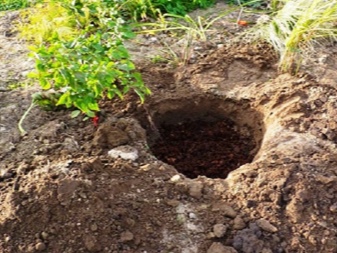
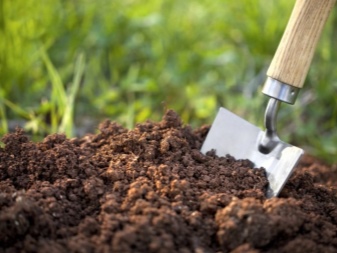
- Landing. The optimal time for planting hydrangeas of the "Fries Melba" variety is spring, when the soil is warmed up to a depth of 10–15 cm, recurrent frosts have ended and constant heat has been established. Autumn planting is also allowed, but for the winter you will have to cover the seedlings to protect the fragile bushes from freezing. Better results can be expected when planting 4-5 year old nursery-purchased seedlings. When the soil in the planting hole settles, the seedling is carefully removed from the container and placed in the hole along with an earthen lump, slightly straightening the roots. The hole is gradually filled with soil mixture almost to the top, compacting the soil, then the planting is plentifully spilled with warm settled water, and when the water is completely absorbed, the surface is mulched. For mulch, leaf humus, coniferous litter, sour peat are suitable. About a month after planting, the seedling should be shaded from the sun.
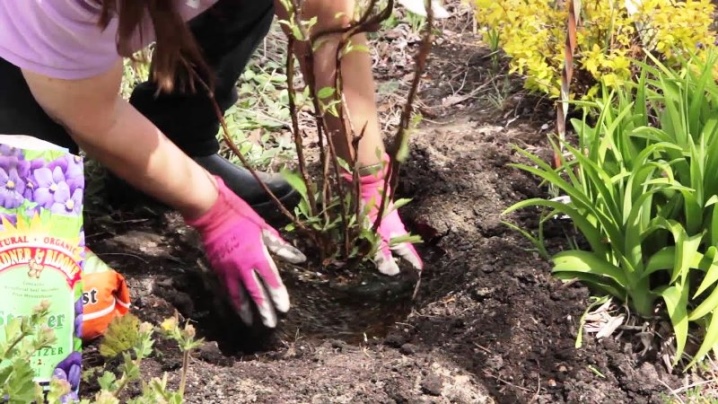
If you carry out the agricultural technique of planting in accordance with the recommendations of specialists and carry out proper care, then the hydrangea "Fries Melba" will bloom in the next year after planting.
How to take care of it properly?
Hydrangea "Fries Melba" is not a capricious plant, does not require any special painstaking care and responds well to constant care with amazing lush flowering. Care consists of the usual agricultural techniques - watering, feeding, loosening, mulching, pruning.
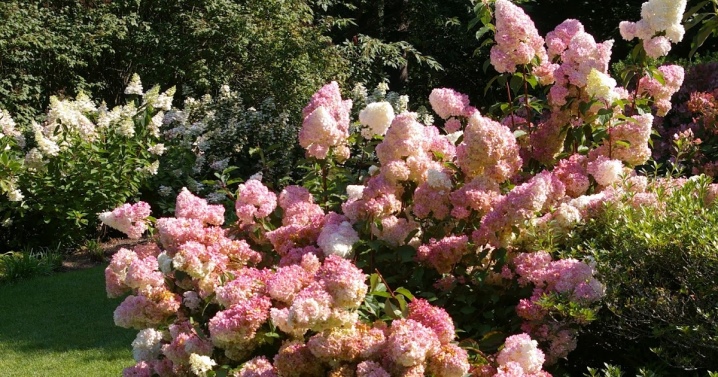
Watering
This variety, like all hydrangeas, is a moisture-loving culture, therefore, proper watering is the most important element of agricultural technology. In a dry summer, the bush will dry out without watering. Abundant watering is required 3-4 times a week. In hot dry weather, you will have to water every day. However, waterlogging of the soil should also not be done in order to prevent root rot. In rainy weather, depending on the intensity of the rains, watering is reduced or stopped altogether.
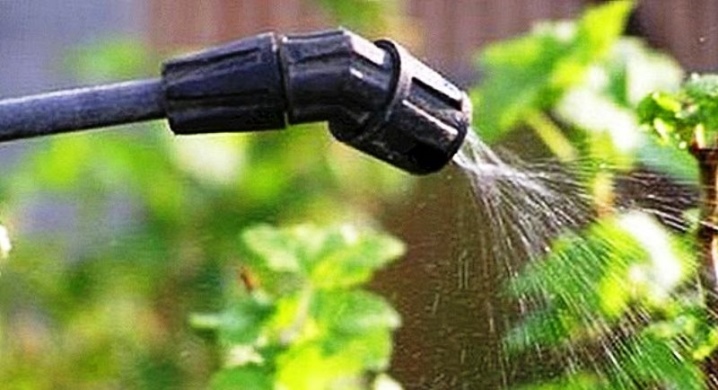
Mulching
Mulching the near-trunk zone with crushed tree bark, dry sawdust, and peat chips helps to retain moisture in the soil and protect against weeds. The mulch should be periodically changed to fresh so that the rhizomes do not rot under the compacted old layer. When changing mulch, carefully shallow loosening so as not to damage the roots.

Top dressing
The feeding rules are general for horticultural crops. In the spring, nitrogen fertilizers are applied, in the fall - potassium-phosphorus fertilizers according to the norms on the packages of fertilizers. Aqueous solutions of fertilizers are applied under the root of the plant. The peculiarity of this variety is the need for calcium for the growth of strong stems, therefore, together with mineral dressings, it is recommended to add a little lime once a month, but avoid excessive liming of the soil. Mineral dressings alternate with organic, during the growing season the optimal frequency of dressings is 2 times a month. From organic matter, humus or slurry can be used. "Fries Melba" responds well to mulching with rotted manure mixed with coniferous sawdust.
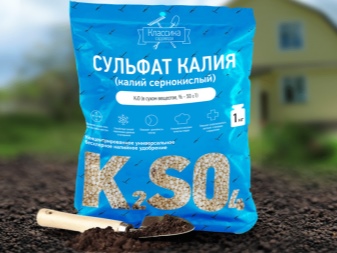

Pruning
The rules of this procedure cannot be ignored, since pruning stimulates the formation of new inflorescences on plants, the intensity of flowering of the hydrangea "Fries Melba" depends on it. It is necessary to prune the bushes in spring and autumn according to the following types:
- shaping - in the spring, before bud break, the shoots of small young seedlings are shortened to 20–25 cm, larger bushes are cut by 1/3;
- sanitary - in the fall, after flowering, dried and damaged shoots are eliminated during the summer, faded inflorescences are cut off, and nearby 2-3 buds are removed along with them;
- thinning - excess thickening stems that disturb the structure of the bush are removed in order to prevent the formation of a beneficial environment for diseases and parasites.

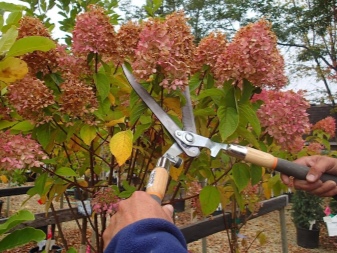
Other varieties of hydrangea still have rejuvenating pruning, but "Fries Melba" is a new selection, and there are no old bushes yet.

Wintering
The high frost resistance of the variety allows bushes to winter without shelter in temperate latitudes. It is enough to huddle the bush high and mulch it for the winter to protect the roots from freezing. In these areas, only young immature plants take refuge for the winter. In cold regions, where it is colder than -30 degrees in winter, the bushes are covered with traditional materials: fallen leaves, peat, spruce branches, burlap. Nowadays, in garden centers you can buy modern covering materials - spandbond, geotex. Special arcs are sold under them, from which you can build a frame and throw agrotextiles on it. Snow caps will cover the frame and protect the bushes from the cold. Under such a shelter, in a snowy winter, the tall stems of the bushes will not break under the weight of the snow.
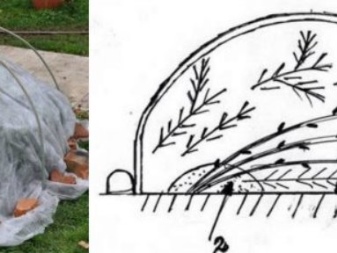
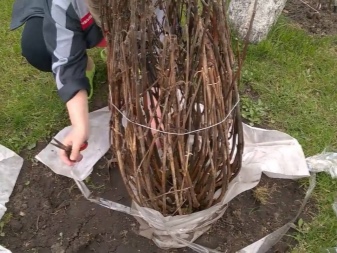
Diseases and pests
The Fries Melba variety is immune to disease, but mistakes in planting and care can lead to unpleasant consequences. Fungal diseases and rot affect the hydrangea if it is planted in the shade and in swampy soil. Constant cold winds and drafts reduce plant immunity. For the prevention of fungal diseases in spring and autumn, the hydrangea must be treated with the preparation "HOM". Insect pests (snails, weevils, bugs, aphids) are destroyed with insecticides. It is important to constantly monitor the condition of the plant. If any symptoms appear, you must immediately take effective measures, and not rely on the Russian "maybe" and not wait for the disease to take over the entire bush.

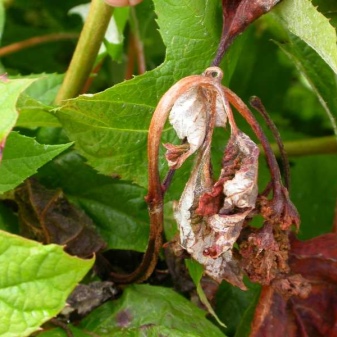
Use in landscape design
Many connoisseurs of exquisite phytodesign fell in love with hydrangea of the "Fries Melba" variety. It is used to decorate gardens and parks when creating hedges, landscape compositions and single plantings. According to the "Fries Melba" type, it is successfully combined in plantings with phlox and stonecrops, ensembles with other varieties of hydrangeas and rhododendrons are very effective. On separate flower beds, landscape designers do not recommend planting more than 3-4 hydrangea bushes, and with "Freise Melba" it is better to plant 2-3 bushes of other varieties of hydrangea with unequal color of the petals. Single planted "Fries Melba" looks spectacular on lawns.

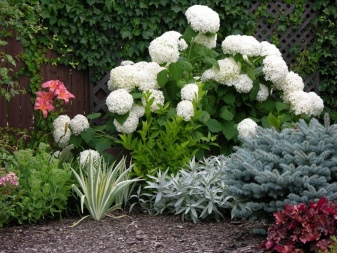
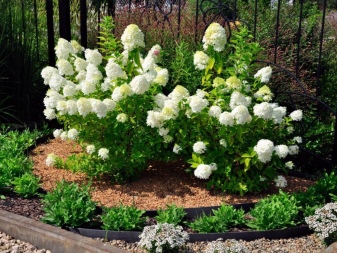
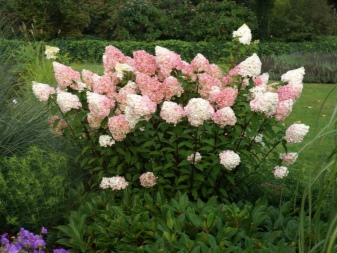
Review overview
Among the plants of the genus of hydrangea, amateur flower growers in their reviews note the high decorativeness of the "Fries Melba" variety, long luxurious flowering, unpretentious care. The ability to grow in difficult climatic conditions is noted in reviews by both flower growers of temperate latitudes and residents of the Urals and Siberia. For many, the hydrangea "Fries Melba" has become a favorite of the garden landscape. The subtle delicate scent of flowers in gardeners' reviews is not in the last place. Many have noticed that if the inflorescences are properly dried in the sun, then they retain their decorative effect and wonderful aroma for a long time, therefore, some decorate the interior of their homes with dried hydrangea. Gardeners appreciate this shrub for its ability to grow in one place without time-consuming replanting. Only 5 years have passed since the appearance of this variety on the Russian phytodesign market, but gardeners are already calling "Fries Melba" one of the brightest stars in the sky of the world flora.
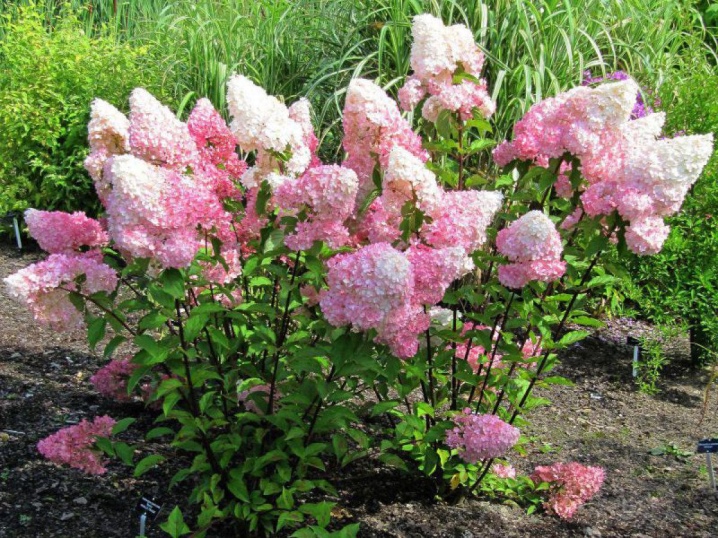
How the hydrangea paniculata "Fries melba" looks like and how to care for it, see the next video.




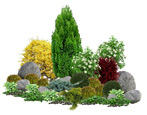
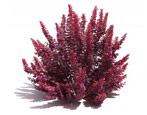
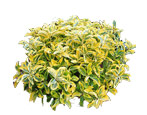
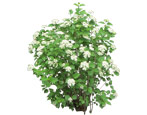
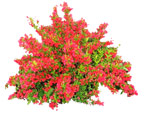
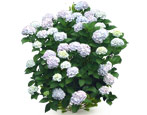
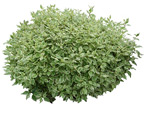
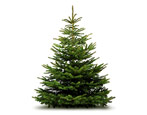
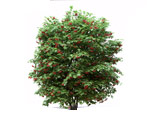
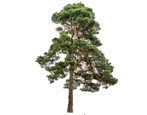
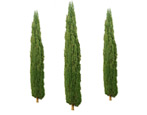
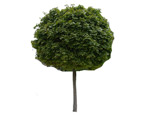
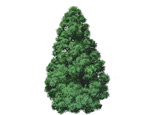
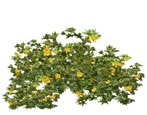
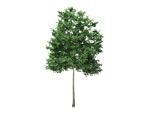
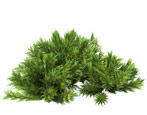
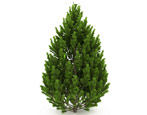
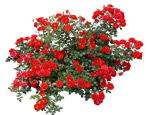
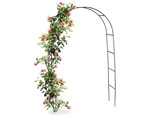
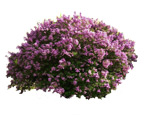
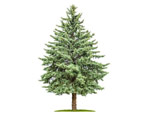
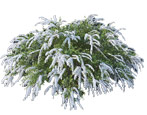
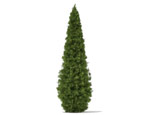
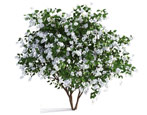

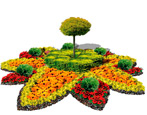

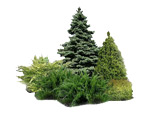


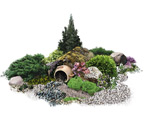
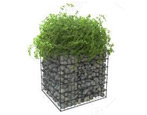
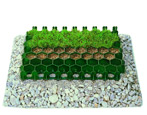
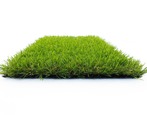
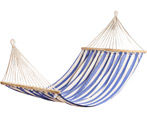
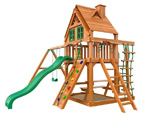
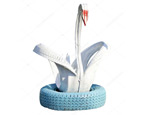
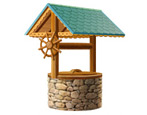
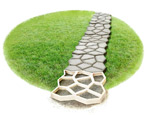
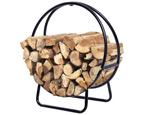
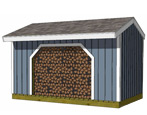
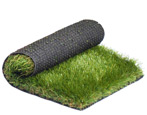
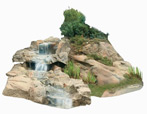
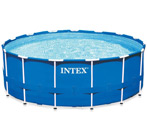
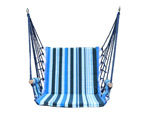
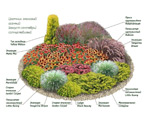
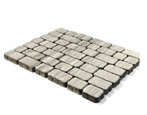
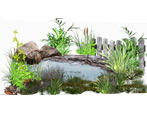
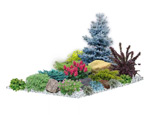
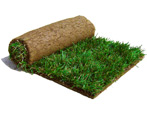
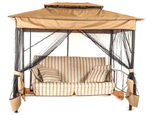
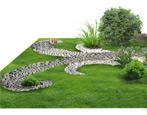
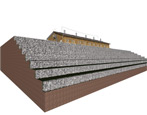
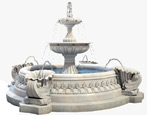









The comment was sent successfully.